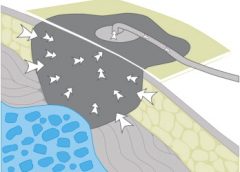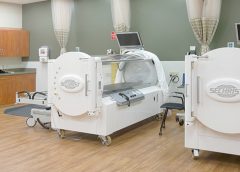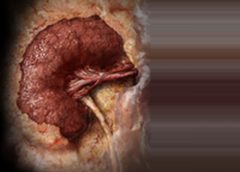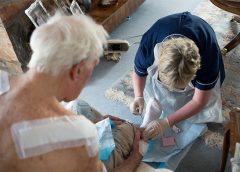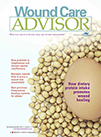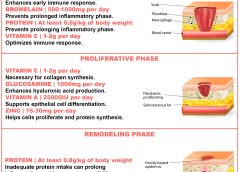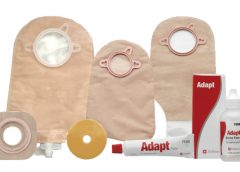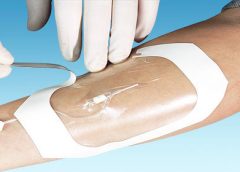By Debra Rose Wilson, PhD, MSN, RN, IBCLC, AHN-BC, and Dana Marie Dillard, MS, HSMI
Like many clinicians, you may experience stress frequently, both on and off the job. Chronic stress can alter your equilibrium (homeostasis), activating physiologic reactive pathways that cause your body to shift its priorities. Physiologic effects of stress may include:
- slowed digestion
- delay in reproductive and repair processes
- priming of survival mechanisms (respiratory, cardiovascular, and muscular) for immediate use
- depletion of the body’s nutrients.

